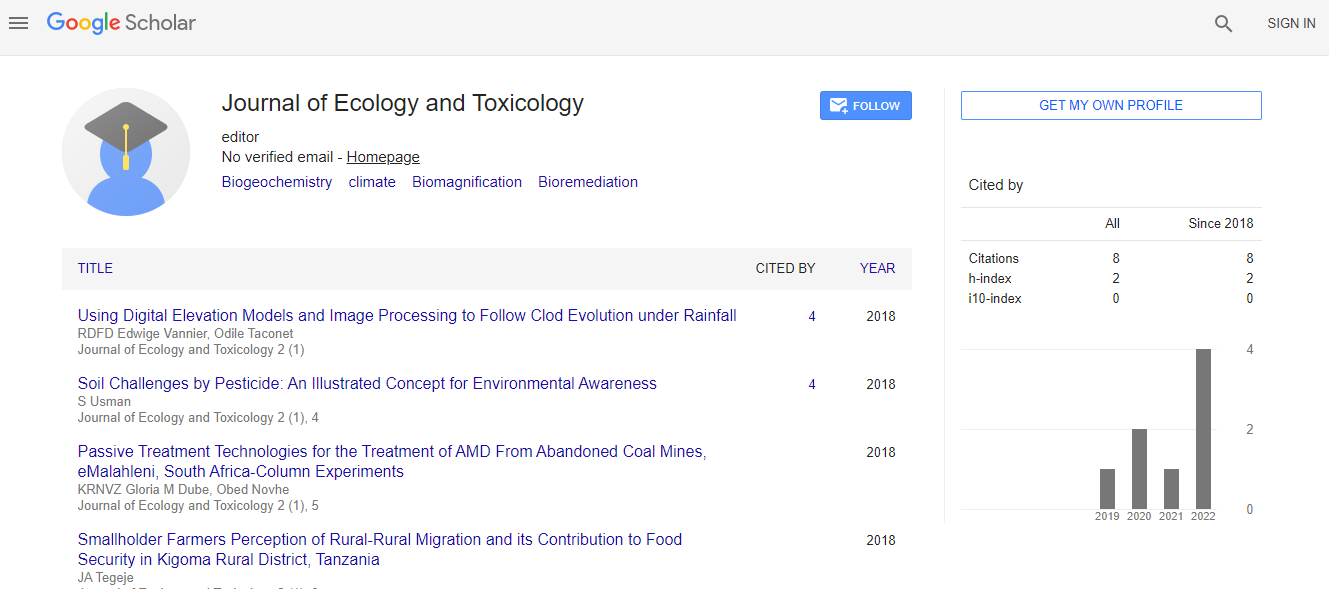Combining physical and species-based approaches improves refugia identification
*Corresponding Author:
Copyright: © 2020 . This is an open-access article distributed under the terms of the Creative Commons Attribution License, which permits unrestricted use, distribution, and reproduction in any medium, provided the original author and source are credited.
Abstract
Historically, many species have persisted through periods of climate change by occupying locations that retained suitable climates despite regional declines in climatic suitabil- ity (Keppel et al. 2012). Identifying and protecting such refu- gia has become a key focus of biodiversity conservation efforts (Groves et al. 2012; Carroll et al. 2017), but these efforts are challenged by the unique needs of individual species, varying definitions, and increasingly diverse approaches to mapping potential refugia (Ashcroft 2010; Reside et al. 2014). Incorporating refugia into conservation planning requires that managers understand the different types of refugia identified by various approaches, how they are spatially distributed, and the relative agreement among them.

 Spanish
Spanish  Chinese
Chinese  Russian
Russian  German
German  French
French  Japanese
Japanese  Portuguese
Portuguese  Hindi
Hindi 